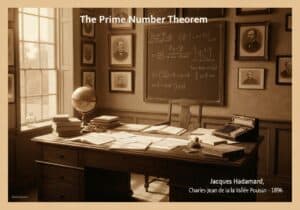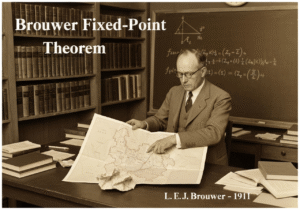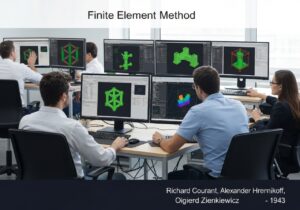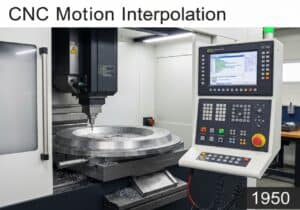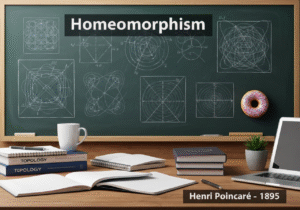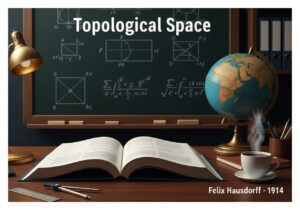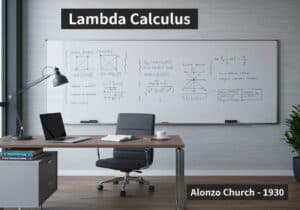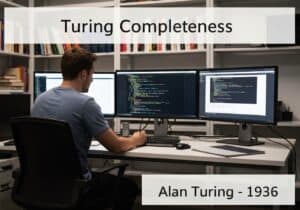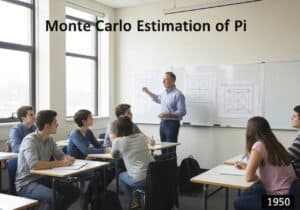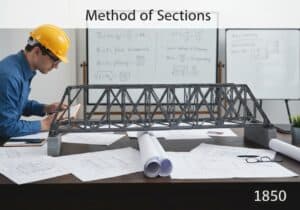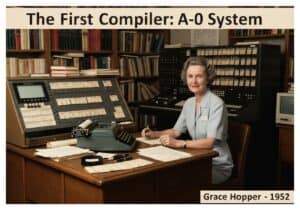The Courant–Friedrichs–Lewy (CFL) condition is a necessary stability criterion for numerical solutions of hyperbolic diferencial parcial equations using explicit time-integration schemes. It dictates that the time step size must be small enough that information does not travel further than one spatial grid cell per time step. For a 1D case, [latex]C = u \frac{\Delta t}{\Delta x} \le C_{max}[/latex], ensuring numerical stability.
Condición de Courant-Friedrichs-Lewy
- Richard Courant
- Kurt Friedrichs
- Hans Lewy
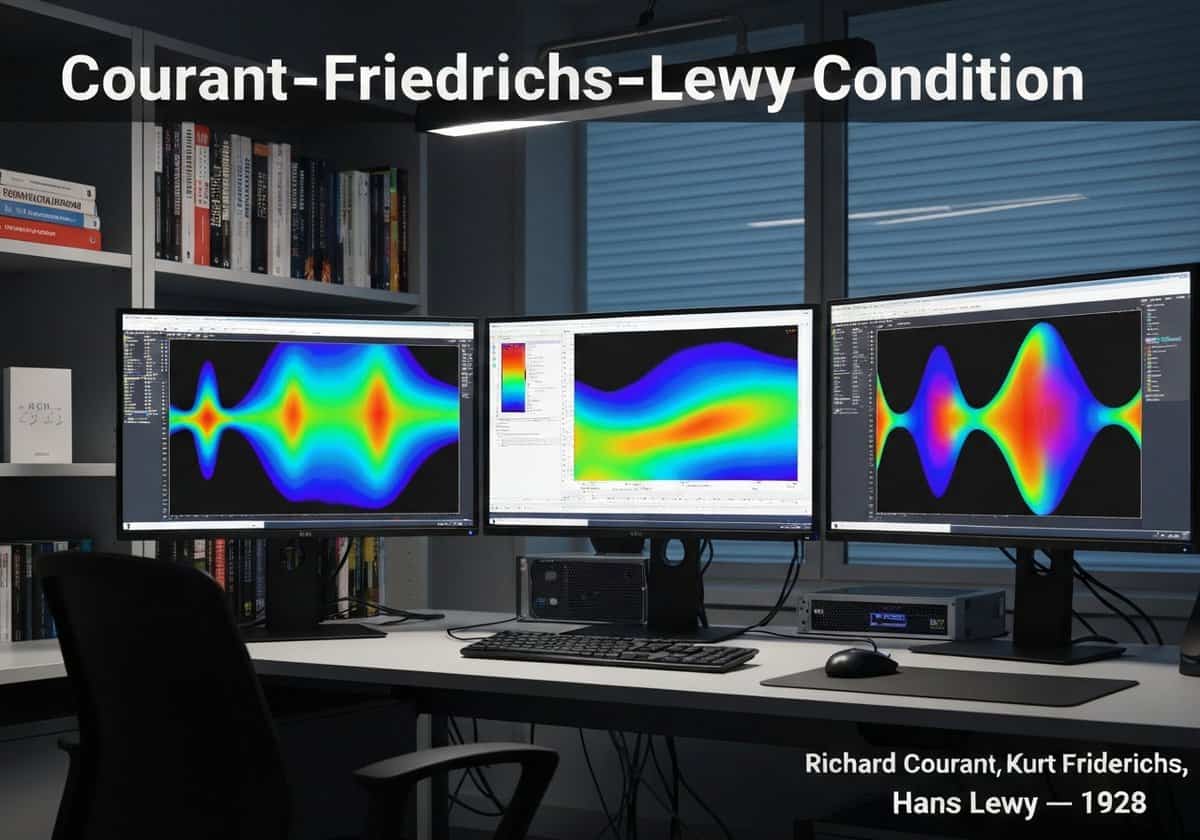
The CFL condition is a fundamental concept governing the stability of explicit time-marching numerical methods. It arises from the principle that the numerical domain of dependence of a grid point must contain the physical domain of dependence. In simpler terms, for a calculation at a grid point (i) at the next time step (n+1), the numerical scheme uses information from neighboring points at the current time step (n). The CFL condition ensures that any physical phenomenon (like a pressure wave) that could have reached point (i) in the time interval [latex]\Delta t[/latex] must have originated from within that set of neighboring points.
In the formula [latex]C = \frac{u \Delta t}{\Delta x} \le C_{max}[/latex], [latex]C[/latex] is the dimensionless Courant number, [latex]u[/latex] is the maximum wave propagation speed in the system (e.g., fluid velocity plus the speed of sound for compressible flow), [latex]\Delta t[/latex] is the time step, and [latex]\Delta x[/latex] is the grid spacing. The value of [latex]C_{max}[/latex] depends on the specific numerical scheme but is often on the order of 1. If the condition is violated ([latex]C > C_{max}[/latex]), the numerical solution becomes unstable, with errors growing exponentially, leading to a non-physical, divergent result. This imposes a severe restriction on the time step size, especially in meshes with very fine cells ([latex]\Delta x[/latex] is small), making explicit methods computationally expensive for certain problems. Implicit methods, while more complex per time step, are often unconditionally stable and not subject to the CFL constraint, allowing for much larger time steps.
Tipo
Disrupción
Utilización
Precursores
- Método de diferencias finitas
- Teoría de ecuaciones diferenciales parciales (específicamente ecuaciones hiperbólicas)
- Concepto de estabilidad numérica y convergencia
- Análisis de estabilidad de von Neumann
Aplicaciones
- garantizar la estabilidad en los modelos de predicción meteorológica
- Control del tamaño del paso de tiempo en simulaciones aerodinámicas
- Simulación de la propagación de ondas en acústica y electromagnetismo
- Modelado financiero de la fijación de precios de opciones mediante métodos explícitos de diferencias finitas
- Modelado de ondas sísmicas para la exploración de petróleo y gas
- simulaciones en física de plasma y astrofísica
Patentes:
Posibles ideas innovadoras
Membresía obligatoria de Professionals (100% free)
Debes ser miembro de Professionals (100% free) para acceder a este contenido.
DISPONIBLE PARA NUEVOS RETOS
Ingeniero Mecánico, Gerente de Proyectos, Ingeniería de Procesos o I+D
Disponible para un nuevo desafío a corto plazo.
Contáctame en LinkedIn
Integración de electrónica de metal y plástico, diseño a coste, GMP, ergonomía, dispositivos y consumibles de volumen medio a alto, fabricación eficiente, industrias reguladas, CE y FDA, CAD, Solidworks, cinturón negro Lean Sigma, ISO 13485 médico
Estamos buscando un nuevo patrocinador
¿Su empresa o institución se dedica a la técnica, la ciencia o la investigación?
> Envíanos un mensaje <
Recibe todos los artículos nuevos
Gratuito, sin spam, correo electrónico no distribuido ni revendido.
o puedes obtener tu membresía completa -gratis- para acceder a todo el contenido restringido >aquí<
Contexto histórico
Condición de Courant-Friedrichs-Lewy
(si se desconoce la fecha o no es relevante, por ejemplo "mecánica de fluidos", se ofrece una estimación redondeada de su notable aparición)
Invención, innovación y principios técnicos relacionados
